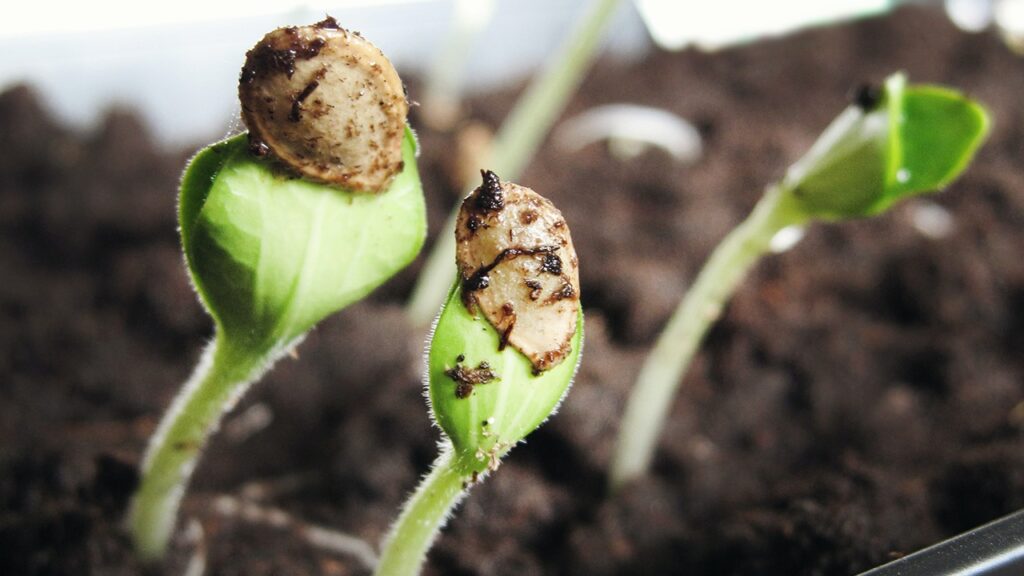
"It's like the seed put in the soil - the more one sows, the greater the harvest." - Orison Swett Marden
Feeling cooped up because Old Man Winter is overstaying his welcome?
by Sharon Asakawa
Starting seeds indoors is a wonderful way to anticipate spring and to bring the regenerative freshness of seedlings into our lives despite winter’s lingering breath of frost. Supplies and things to watch for:
- Organic, well-draining potting soil or a soil-less mix for seed starting. A sterile commercial potting soil or mix mitigates the risk of “damping off,” a common fungal disease that can kill seedlings.
- 2-inch diameter peat pots, expandable peat pellets (Jiffy 7’s) or other pots with drainage holes. Peat pots or pellets can be planted directly into the ground without disturbing their tender roots. When re-using a nursery’s six or eight cell plastic starter plant container, sterilize in a solution of one part bleach to ten parts water to prevent any residual fungal or bacterial disease.
- Cart of shelving with grow lights if inadequate natural indoor light.
- Most seeds will not germinate without sunlight and will perform best with 12 to 16 hours each day. Indoors, place seed containers in a sunny, south-facing window and give the container a quarter turn each day to prevent the seedlings from overreaching toward the light and developing weak, elongated stems. Also, gently brush the palm of your hand against the tops of the seedlings to encourage strong stem growth.
- Before seedlings can be planted outdoors, they need to be hardened off, or acclimated to direct sunlight and fluctuating temperatures. It is best to do this over a three-day period by placing them in direct sunlight during the morning only of the first day, then increasing their time outside by a few hours each day until they are vigorous enough to be transplanted.
